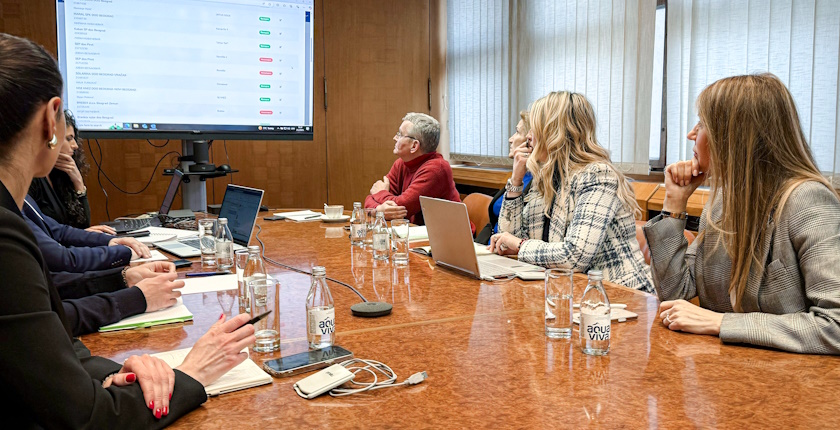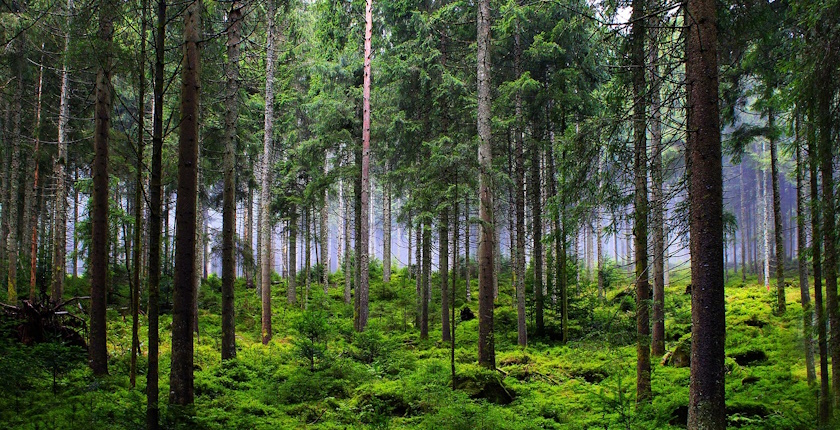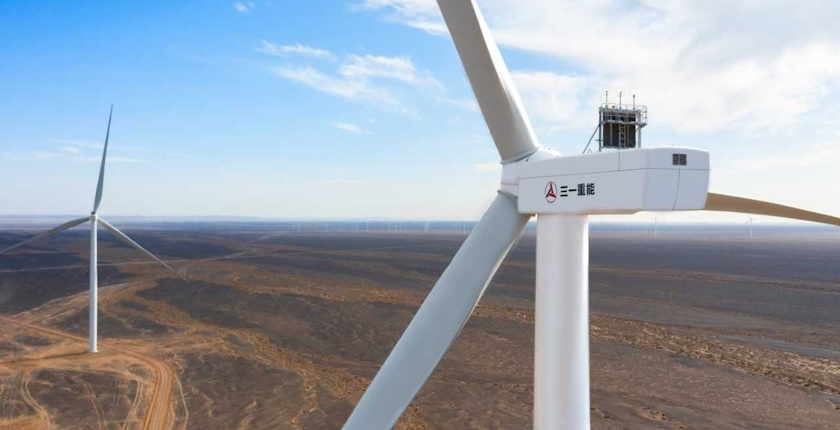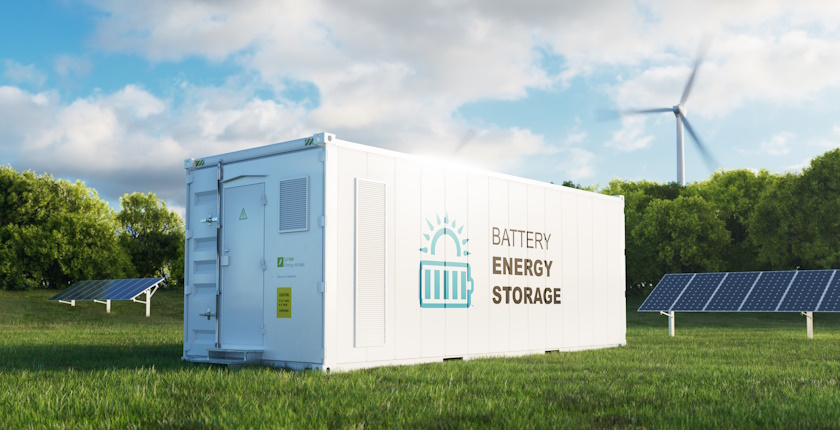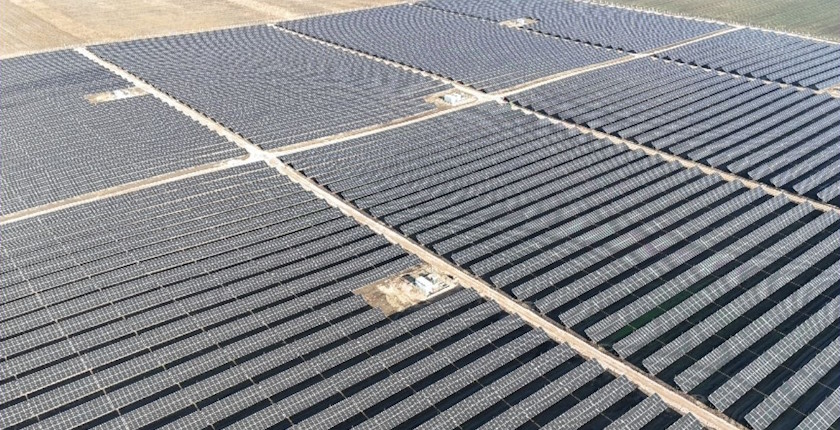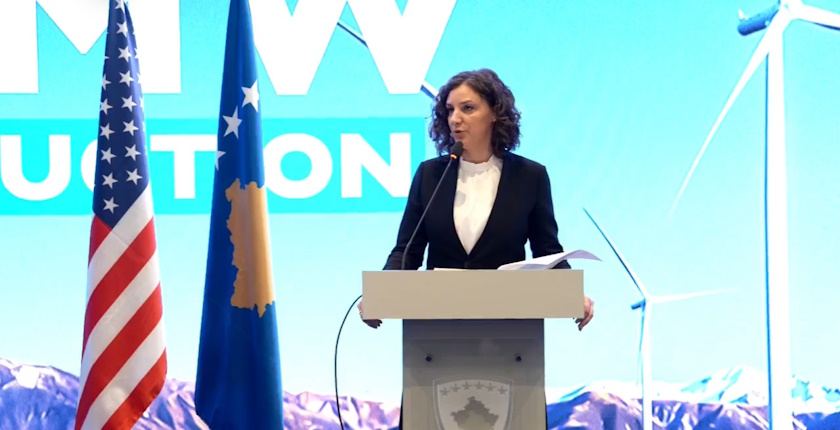
Kosovo* invites firms to qualify for 100 MW wind power auction
The Ministry of Economy of Kosovo* started the first phase of the first of two planned auctions for wind power. The target capacity for the first round is 50 MW to 100 MW, out of a total of 150 MW.
Qualified companies can submit documentation for the first wind power auction in Kosovo*. They will bid for power purchase agreements (PPAs) and contracts for difference (CfDs) with a duration of 15 years.
The Ministry of Economy said the target capacity in the first round is 50 MW to 100 MW. The auction plan envisages two auctions of an overall 150 MW.
At the presentation, officials announced that it is receiving prequalification documentation by February 20. The ministry aims to publish the list of eligible firms in March. The schedule showed that final bids would be opened in August and the winners declared in September.
Maximum bidding price is EUR 80.2 per MWh
Companies will be obligated to design, build, operate, maintain and decommission wind parks. The maximum price is EUR 80.2 per MWh and the lowest bid, submitted excluding value-added tax, shall win.
According to an earlier brochure, the accepted price will be adjusted every 12 months, based on the inflation rate for the sector.
The Law on Renewable Energy Sources stipulates that the contracts would be converted into CfDs twelve months after the establishment of a day-ahead electricity market price in Kosovo*, the document reads. In addition, balancing responsibility is limited to imbalance volumes greater than 10%. Curtailment is subject to financial compensation.
Kosovo* has extraordinary wind energy potential, Minister of Economy Artane Rizvanolli said. Around 17% of the territory has winds of above six meters per second, while in mountainous areas they reach eight meters per second, she added.
Wind capacity factors range between 28.2% and 32.2%, translating to as much as 2.82 GWh in annual output per 1 MW of installed capacity, the ministry said.
Wind power auction winners to establish public-private partnership with government
Other earlier documents reveal that individual wind projects would be run by special purpose vehicles (SPVs), firms where the government would have a share of up to 49%. The Ministry of Economy intends to use the funds from the International Monetary Fund’s Resilience and Sustainability Facility (RSF) in the development of the 150 MW. The purpose of the public-private partnership scheme is to reduce risk for private investors.
Applicants are required to provide a guarantee of EUR 7,000 per MW of proposed capacity. Winners will be obligated to submit guarantees of EUR 70,000 per MW.
Eligible companies have a net worth of at least EUR 30,000 over the last three calendar years and a minimum annual turnover of EUR 25,000 in the same period.
Kosovo* hosts just three wind power facilities: Selac, also known as Bajgora (104.1 MW), Kitka (32.4 MW) and Golesh (1.35 MW).
Of note, Millennium Challenge Account Kosovo has just invited qualified companies to respond to the prequalification call for a battery storage project. The government earlier said it was planning auctions for 950 MW including battery storage within two years.
The first solar power auction was completed in April.

